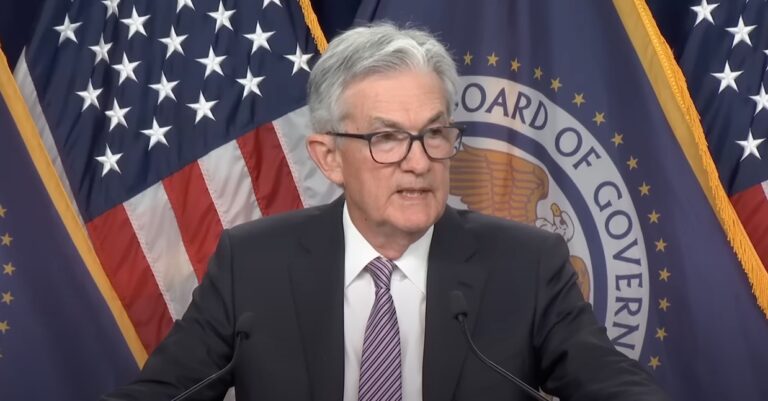On Tuesday, the Federal Reserve released the minutes from its Federal Open Market Committee (FOMC) meeting held on November 6–7, 2024. These minutes offer a detailed glimpse into the discussions that shaped their monetary policy decisions. While the headlines highlight a cautious stance, Kevin Paffrath has raised serious concerns, suggesting that the Fed may be sugarcoating its challenges.
Kevin Paffrath is a financial analyst, real estate investor, and entrepreneur who hosts the “Meet Kevin” YouTube channel, providing insights on the economy, markets, and personal finance.
The FOMC minutes reveal that the Fed reduced its target range for the federal funds rate by 25 basis points to 4.5–4.75 percent. Members largely agreed this adjustment was warranted as inflation continues to progress toward the 2 percent target while economic growth remains solid. However, the labor market emerged as a significant concern. While current labor conditions are stable, the Fed acknowledged the potential for rapid deterioration due to structural uncertainties, including immigration effects, natural disasters, and labor strikes.
Inflation is no longer a primary source of alarm. According to the minutes, inflationary pressures are easing across core goods and services. Businesses are reportedly losing pricing power as consumers become more price-sensitive, a phenomenon reflected in the subdued wage growth and lower wage premiums for job-switchers. The Fed’s commentary suggests confidence that inflation will stabilize at the 2 percent mark, thanks to restrained monetary policy and well-anchored long-term expectations.
Meanwhile, real GDP growth projections for 2024 have been revised upward, supported by strong labor and productivity data. But growth estimates for 2025–2027 have been reduced, suggesting longer-term challenges. Internationally, advanced economies showed improved inflation metrics, while regions like Latin America faced renewed price pressures.
Kevin Paffrath’s analysis of these minutes points to what he describes as “blunt dishonesty.” He believes the Fed’s official narrative glosses over critical labor market risks. He highlighted specific segments of the minutes where the Fed discussed the possibility of a sharp labor market downturn, labeling these admissions as red flags. Paffrath criticized the disconnect between the Fed’s cautious acknowledgment of these risks in its detailed minutes and the optimistic tone of its public statements. He emphasized that the Fed’s use of terms like “balanced risks” regarding employment and inflation could mislead market participants into underestimating the severity of labor vulnerabilities.
He also expressed skepticism over the Fed’s reliance on headline data for shaping its narratives, pointing out how prior miscalculations, such as inflated job growth numbers earlier in the year, complicate the picture. According to Paffrath, this undermines the credibility of the Fed’s projections, especially when juxtaposed with its admission of “considerable uncertainty” about labor market trends.
Paffrath also noted an emerging theme of corporate caution in the labor market. He says that businesses are reportedly hiring more selectively, with applicants willing to accept lower wages and believes this shift could exacerbate income inequality and further dampen economic growth. While inflation may be under control, Paffrath argues that unresolved labor issues and slowing GDP growth could pose new challenges.









